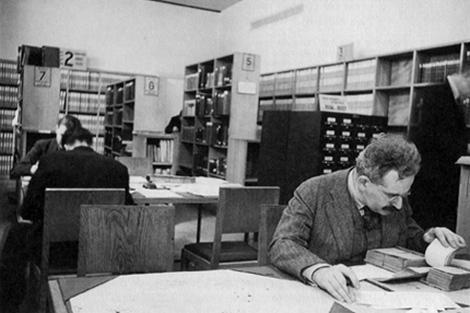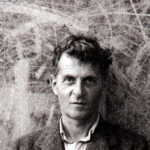Eduardo García Elizondo, Escuela de Filosofía de la Facultad de Humanidades y Artes de la Universidad Nacional de Rosario (UNR), Rosario, Argentina
In Sprache, crítica y apariencia estética en la filosofía del arte temprana de Walter Benjamin (Trans/Form/Ação, vol. 48, no. 4, 2025) Eduardo García Elizondo offers a thorough reading of the articulation between language (Sprache), critique, and aesthetic appearance in Walter Benjamin’s early philosophy of art. The starting point is the observation that, following the constitution of aesthetics as a philosophy of art by the Jena Romantics, a fundamental problem emerges concerning the autonomy or heteronomy of categories such as critique, language, and appearance in relation to other, non-exclusively artistic dimensions, such as truth or metaphysics.
From this perspective, Benjamin offers a path that breaks with the idealist conceptual imaginary. His critique does not aim merely to reproduce or reject Romantic thought but rather to develop a mode of reading that displaces traditional categories into a rhetorical-aesthetic domain. This entails a critique of metaphysics in terms of language: for Benjamin, Sprache is not merely a vehicle for communication but the very domain in which aesthetic experience and its critical interpretation are constituted.
Through various essays, Benjamin redefines critique as a form of philosophical-linguistic praxis that opposes both neo-Kantianism and idealist systematicity. This conceptual shift situates the problem of critique within a rhetorical logic, where artworks speak through an aesthetic appearance that is not illusion but the manifestation of a truth inaccessible by traditional representational means.
Two central figures organize this proposal: the category of das Ausdruckslose (the inexpressive) and the Baroque allegory, especially in the context of the Trauerspiel. In the essay on Goethe’s Elective Affinities, Benjamin analyzes the figure of Ottilie as an emblem of the muteness of artworks—a muteness that does not imply lack but a radical form of aesthetic expression. This appearance, far from being a veil that conceals truth, becomes its very condition of possibility: critique, therefore, must not “lift the veil,” but contemplate it in its irreducible structure.
In The Origin of the German Trauerspiel, Benjamin develops this perspective through the figure of the Baroque allegory, which fragments the symbolic continuity of language and introduces an indexical semiosis marked by mourning and ruin. Allegorical language, instead of conveying fixed meanings, presents itself as interrupted writing, as semiotic remnants of a truth that cannot be captured in the logical form of the concept. In this sense, critique operates as a gesture that recognizes the negativity of form, its failure, and transforms it into a path toward a non-idealist experience of the aesthetic.
The article also revisits the polemic with Adorno regarding the work of art in the age of its technological reproducibility. Adorno criticizes Benjamin for attributing an immediate revolutionary function to cinema and for abandoning theoretical mediation. However, García Elizondo shows that Benjamin’s critique does not reject the concept of aura in favor of crude instrumentalism but instead seeks to reveal the transformation of artistic language in modernity through new forms of experience.
In his concluding reflections, García Elizondo emphasizes that the shift carried out by Benjamin not only redefines aesthetics as a rhetorical discourse but also destabilizes the classical triad of idealist philosophy (appearance, concept, idea). In its place, Benjamin proposes a negative aesthetics that reads artworks as acts of failed, fragmented, interrupted language—where truth is revealed precisely in its impossibility of being fully expressed.
To read the article, access
ELIZONDO, E.G. Sprache, crítica y apariencia estética en la filosofía del arte temprana de Walter Benjamin. Trans/Form/Ação [online]. 2025, vol. 48, no. 4, e025106 [viewed 15 August 2025]. https://doi.org/10.1590/0101-3173.2025.v48.n4.e025106. Available from: https://www.scielo.br/j/trans/a/MKQwZkJft7tzZsqgzbCy7Qq
External Links
Trans/Form/Ação – Journal: Instagram | Facebook | Academia.edu
About Eduardo García Elizondo
He holds a PhD in Humanities and Arts with a specialization in Philosophy, and is a Licentiate and Professor of Philosophy at the Faculty of Humanities and Arts, National University of Rosario.
Como citar este post [ISO 690/2010]:




















Recent Comments